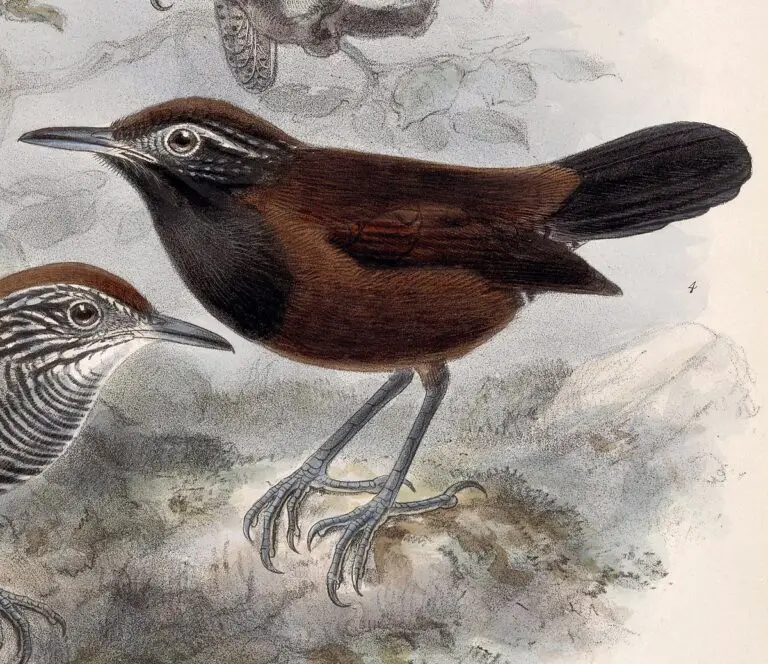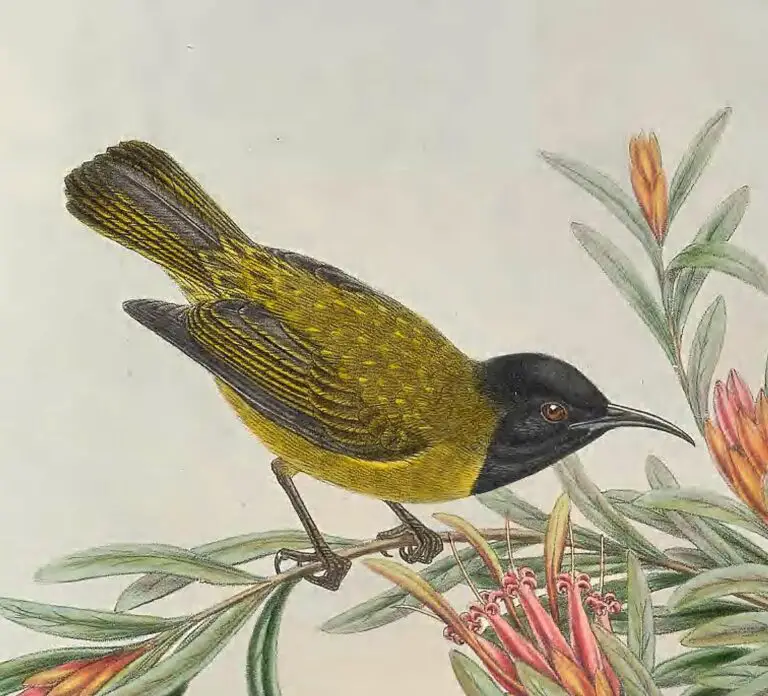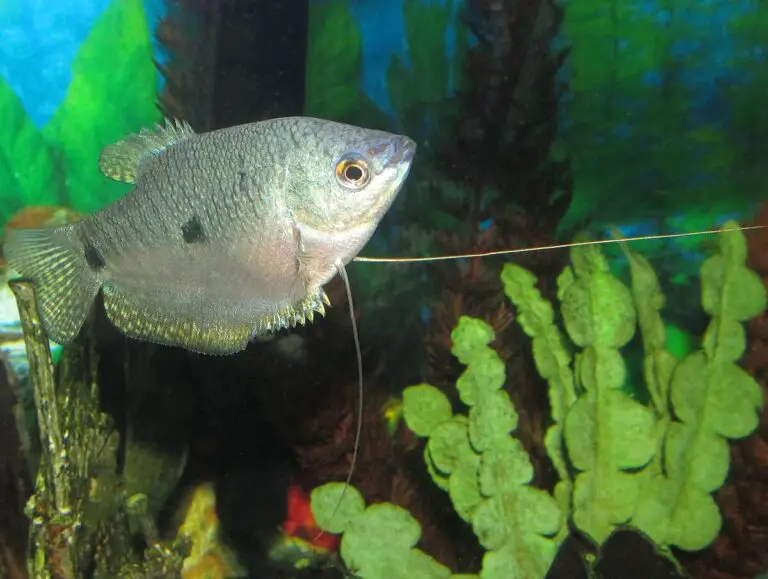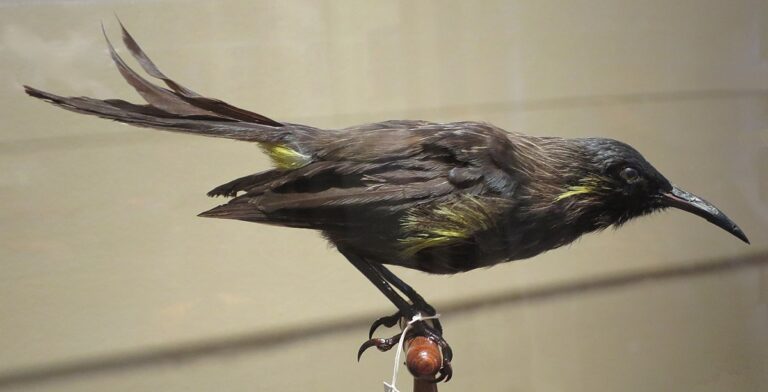Australian Cattle Dog (Canis Lupus)
“High energy levels and active minds!”
The Australian Cattle Dog, scientifically classified as Canis lupus, belongs to the following taxonomic hierarchy:
- Kingdom: Animalia
- Phylum: Chordata
- Class: Mammalia
- Order: Carnivora
- Family: Canidae
- Genus: Canis
- Species: Canis lupus
As for its conservation status, it’s not listed as endangered or threatened. This breed is primarily found in Oceania, particularly in Australia where it was originally bred for herding cattle.
The Australian Cattle Dog, also known as the “Blue Heeler” or “Red Heeler,” boasts a set of distinct characteristics:
- Temperament: They are known for being strong-minded yet exceptionally loyal and loving to their families.
- Training: Best trained from an early age, they respond well to firm and fair training methods due to their intelligent nature.
- Diet: As omnivores, they require a balanced diet that includes both animal and plant-based foods to thrive.
- Average Litter Size: Typically, they have an average litter size of around 5 puppies.
- Common Name: Australian Cattle Dog, reflecting its origins and primary purpose.
- Slogan: “High energy levels and active minds!” encapsulates their vibrant personalities and need for mental and physical stimulation.
- Group: Classified as a Herd Dog, they excel in activities related to herding and working with livestock.
In terms of their physical attributes:
- Color: They come in various shades including grey, red, and black, often with distinctive markings.
- Skin Type: Covered in a coat of hair, which can vary in length and texture.
- Lifespan: Typically live between 13 to 15 years with proper care and nutrition.
- Height: They usually stand between 17 to 20 inches tall at the shoulder, presenting a sturdy and compact build suited for their working roles.
Australian Cattle Dog as a Pet:
- General Health: They are generally robust and healthy dogs, but like all breeds, they can be prone to certain health issues such as hip dysplasia and progressive retinal atrophy. Regular veterinary check-ups and a healthy lifestyle can help maintain their well-being.
- Energy Level: Known for their high energy levels, they thrive in environments where they can engage in regular exercise and mental stimulation.
- Shedability: They have a moderate shedding tendency, especially during seasonal changes. Regular grooming can help manage shedding.
- Trainability: With their high intelligence and strong-willed nature, Australian Cattle Dogs are highly trainable. Consistent and firm training methods yield the best results.
- Intelligence: They are exceptionally intelligent dogs, often excelling in tasks that challenge their mental faculties. This intelligence requires mental stimulation to prevent boredom and undesirable behaviors.
- Tendency to Chew: Like many active breeds, they may have a tendency to chew, especially if they’re not provided with appropriate outlets for their energy and mental stimulation. Providing chew toys and proper training can help redirect this behavior.
- Size: They are medium-sized dogs, typically weighing around 45 pounds for both males and females.
- Family and Kid Friendliness: With proper socialization and training, Australian Cattle Dogs can be excellent family pets. They are known for their loyalty and can form strong bonds with all family members, including children.
- Yappiness/Barking: Generally, they have a low tendency to bark excessively, but like any breed, individual dogs’ behavior can vary.
- Separation Anxiety: They may experience moderate separation anxiety if left alone for long periods. Providing mental stimulation and companionship can help alleviate this.
- Preferred Temperature: They are adaptable to average climates but may struggle in extreme heat due to their thick coat. Adequate shade and water should be provided during hot weather.
- Exercise Needs: Their high energy levels necessitate plenty of exercise. Daily walks, play sessions, and activities that engage their minds are essential to keep them happy and healthy.
- Friendly With Other Dogs: They are generally friendly and sociable with other dogs, especially if properly socialized from a young age.
- Purebred Cost to Own: The cost of owning a purebred Australian Cattle Dog can vary, but on average, it can range around $600. However, this cost may vary based on factors such as breeder reputation, bloodline, and location.
- Dog Group: They belong to the Herding group, reflecting their original purpose of working with livestock.
Indeed, Australian Cattle Dogs, also known as Red or Blue Heelers, are remarkable companions for many reasons. Their loyalty, boundless energy, and friendly nature make them beloved members of countless families. Their intelligence and curiosity not only make them fascinating to interact with but also contribute to their ease of training, a trait highly valued by pet owners.
Originating from Australia in the 1800s, these dogs were purposefully bred to excel in herding livestock, a task they perform with remarkable skill and agility. Their lineage, stemming from a mix of a blue merle collie and a dingo, has resulted in a breed uniquely suited for this purpose.
The distinctive features of Australian Cattle Dogs, such as their large, pointed ears and dark, expressive eyes, add to their charm and appeal. However, beyond their physical attributes, it’s their social nature that truly sets them apart. These dogs thrive on companionship and are happiest when surrounded by their human family members or other pets, reflecting their inherent sociability and desire for closeness.
Australian Cattle Dogs embody the ideal traits sought after in a family dog: intelligence, loyalty, energy, and affection. It’s no wonder they continue to be a popular choice for families seeking a devoted and dynamic canine companion.
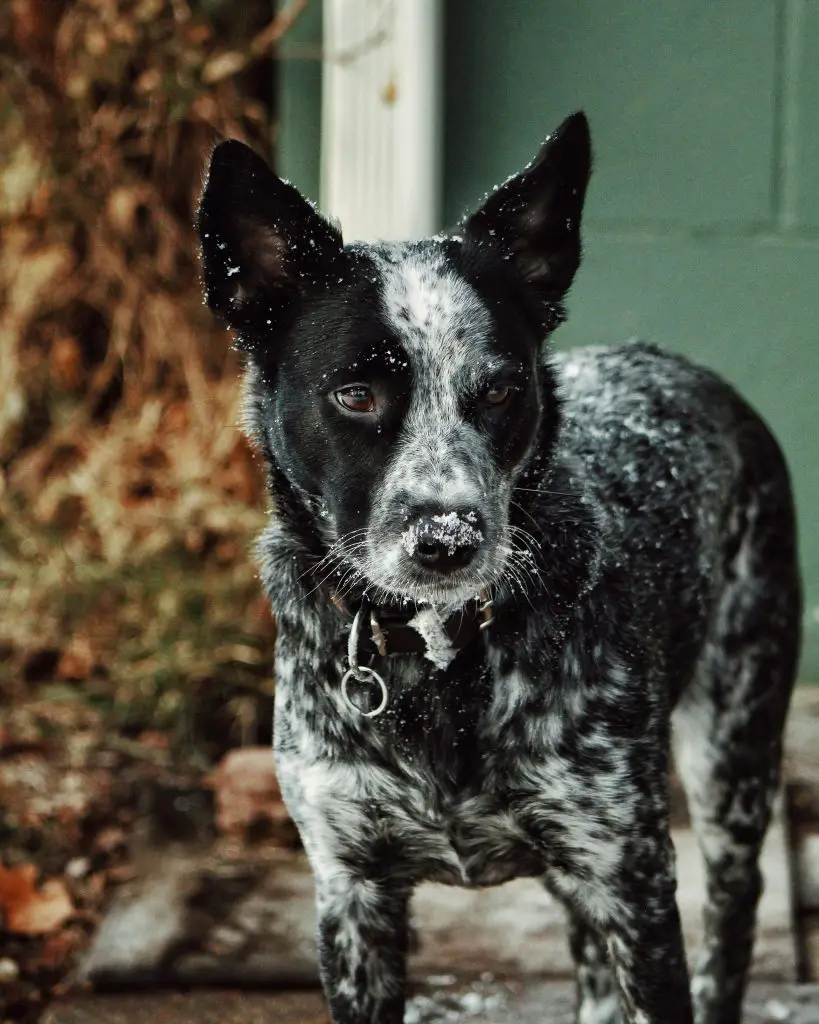
3 Pros and Cons of Owning an Australian Cattle Dog
Pros:
- Very loyal dog: Australian Cattle Dogs form strong bonds with their families, making them loyal and devoted companions.
- Very little barking: They are not prone to excessive barking, making them suitable for families seeking a quieter pet.
- Pet friendly: Known for their compatibility with other dogs, Australian Cattle Dogs often get along well with other pets in the household.
Cons:
- Unhappy when left alone: These dogs can experience separation anxiety and may become destructive if left alone for long periods, as they thrive on social interaction and companionship.
- Needs daily exercise: Their high energy levels require regular physical activity, and without it, they may develop behavioral issues. Owners must commit to providing ample exercise opportunities to keep them happy and healthy.
- Not an apartment dog: Due to their need for space and exercise, Australian Cattle Dogs are not well-suited for apartment living. They require a large yard or ample outdoor space to roam and play freely.
History and Origins
The evolution of the Australian Cattle Dog is a testament to the ingenuity and resourcefulness of Australian livestock owners in the early 19th century. As settlers expanded into the vast grassy plains of the Australian interior, they faced the need for reliable herding dogs adapted to the harsh conditions of the outback.
Initially, imported British Smithfield dogs were used, but they proved unsuitable for the challenging Australian environment. To address this, a breeding program was initiated, incorporating local Dingoes and other breeds such as Scottish Highland Collies. This selective breeding effort aimed to create a dog with the strength, stamina, and intelligence required for herding cattle in the Australian bush.
George Elliot played a pivotal role in this process, breeding Dingoes with Collies and supplying the resulting puppies to farmers. This hybridization laid the foundation for the Australian Cattle Dog as we know it. Subsequent refinement by individuals like Jack and Harry Bagust, who introduced Dalmatians and the Black and Tan Kelpie, further enhanced the breed’s characteristics.
The result was a versatile and resilient herding dog ideally suited to the demands of Australian pastoral life. Recognizing its value and distinct qualities, the Australian Cattle Dog was officially recognized by the American Kennel Club in 1980 and became a foundational member of the Herding Group in 1983. Today, it continues to be cherished for its unwavering loyalty, intelligence, and invaluable contributions to the beef industry and agriculture in Australia and beyond.
Size and Weight
- Height: The average height of a male Australian Cattle Dog is typically around 19 inches at the withers (shoulders), while females usually measure slightly shorter, around 18 inches.
- Weight: Both male and female Australian Cattle Dogs typically weigh around 45 pounds (20 kilograms) when fully grown at approximately 16 months of age.
As for the age of the oldest Australian Cattle Dog, it’s indeed an impressive feat. Bluey holds the record, living to be an astounding 29 years old, a testament to the resilience and longevity of this breed.
Common Health Issues
- Progressive Retinal Atrophy (PRA): This degenerative disease affects the photoreceptor cells in the eye, leading to gradual vision loss and potentially blindness. Since it’s a genetic condition, responsible breeding practices are essential to minimize the risk.
- Hip Dysplasia: A common orthopedic condition where the hip joint doesn’t develop properly, resulting in malformation and deterioration over time. It can cause pain, lameness, and decreased mobility. Regular monitoring and appropriate management are crucial for affected dogs.
- Elbow Dysplasia: Another genetic condition involving abnormal cell growth and malformation of the elbow joint. Elbow dysplasia can lead to lameness, discomfort, and reduced mobility, typically manifesting when the dog is at least 4 months old. Early detection and management can help mitigate its impact on the dog’s quality of life.
By staying informed about these potential health issues and working with reputable breeders who prioritize health screenings and responsible breeding practices, owners can take proactive steps to ensure the well-being of their Australian Cattle Dogs. Regular veterinary check-ups and prompt attention to any concerning symptoms are also crucial for maintaining their health and happiness throughout their lives.

Temperament and Behavior
- Energetic: As a working breed, Australian Cattle Dogs possess boundless energy and thrive on physical activity and mental stimulation. Their tireless drive and stamina make them well-suited for herding livestock and engaging in various activities with their human companions.
- Friendly: Known for their friendly and sociable demeanor, Australian Cattle Dogs enjoy the company of humans and other pets. They form strong bonds with their families and often exhibit affectionate and loyal behavior towards their loved ones.
- Intelligent: With a keen intellect and a history of working closely with humans, Australian Cattle Dogs are highly intelligent and responsive to training. Their innate problem-solving abilities and quick learning make them adept at obedience training and various canine sports and activities.
These traits combine to create a versatile and engaging companion that excels in both work and play. Whether herding livestock on the farm or participating in family activities at home, the Australian Cattle Dog’s energetic enthusiasm, friendly disposition, and sharp intelligence make it a beloved member of many households.
How to Take Care of an Australian Cattle Dog
- Diet: Providing a balanced and nutritious diet is crucial for the overall health of an Australian Cattle Dog. High-quality dog food appropriate for their age, size, and activity level is recommended. Portion control is important to prevent obesity, which can exacerbate certain health issues like hip dysplasia.
- Grooming: Australian Cattle Dogs have short, dense coats that require minimal grooming. Regular brushing helps to remove loose hair and dirt, while occasional baths can keep them clean and fresh. Additionally, regular nail trimming, ear cleaning, and dental care are important parts of their grooming routine.
- Exercise: These dogs have high energy levels and require plenty of physical exercise and mental stimulation to stay healthy and happy. Daily walks, runs, or vigorous play sessions are essential to help them burn off excess energy and prevent boredom.
- Health Monitoring: Regular veterinary check-ups are important for monitoring the dog’s overall health and detecting any potential health issues early. This includes screenings for common conditions such as progressive retinal atrophy, hip dysplasia, and elbow dysplasia. Maintaining up-to-date vaccinations and parasite prevention is also crucial.
- Training and Socialization: Australian Cattle Dogs are intelligent and highly trainable, but they also have strong herding instincts and independent personalities. Early and consistent training, along with proper socialization, can help channel their energy and prevent behavioral problems.
By prioritizing proper diet, grooming, exercise, health monitoring, and training, owners can ensure that their Australian Cattle Dog leads a happy, healthy, and fulfilling life as a cherished member of the family.
The Best Dog Food
Choosing the right food for your Australian Cattle Dog, whether they are a puppy or an adult, is crucial for their health and well-being. Here’s what to consider:
Puppy Food:
- Look for a puppy food that is high in protein to support their growth and development, as well as their energetic nature.
- Ensure the food contains fiber for digestive health and fatty acids for skin and coat health.
- Vitamin A is essential for healthy retinal function, which can help protect against progressive retinal atrophy.
- Calcium and vitamin D are crucial for strong bones and joints, helping to guard against hip dysplasia.
Adult Dog Food:
- Adults also need a diet rich in protein to maintain muscle health, along with a small percentage of carbohydrates for energy without causing excess weight gain.
- Vitamins A and C provide support for eye health and serve as antioxidants to help guard against disease.
- Calcium is essential for maintaining strong bones and joints, which can help prevent hip and elbow dysplasia.
Blue Buffalo Wilderness High Protein, Natural Adult Dry Dog Food:
- This food is recommended for Australian Cattle Dogs due to its well-balanced combination of protein, carbohydrates, vitamins, and minerals.
- It provides the necessary nutrients to support their active lifestyle and maintain overall health.
- Ingredients like glucosamine and vitamin A help address common health concerns such as elbow/hip dysplasia and eye problems.
When selecting food for your Australian Cattle Dog, it’s essential to choose high-quality options that meet their nutritional needs at every stage of life. Consult with your veterinarian to determine the best diet plan for your specific dog, taking into account factors such as age, activity level, and any health concerns.
Maintenance and Grooming
Australian Cattle Dogs, including both red and blue heelers, are known for being moderate to heavy shedders due to their short-haired, double coats. Here’s how to manage their shedding and maintain their coat health:
Grooming Routine:
- Brushing: Weekly brushing with a soft brush, such as one with boar hair bristles, helps remove loose hair and prevent matting. Start at the dog’s head and brush toward its tail, following the natural direction of the coat. Use a grooming glove for the legs and tail, where brushing may be more challenging.
- Bathing: Bathing your Australian Cattle Dog once a month can help remove dirt and odors from their coat. Their hair resists moisture, so they typically dry quickly after a bath.
- Preventing Skin Issues: Regular grooming sessions provide an opportunity to check for signs of fleas, mites, or other skin irritations. Prompt treatment can help prevent discomfort and maintain your dog’s skin health.
By incorporating these grooming practices into your routine, you can minimize loose hair around your home and help keep your Australian Cattle Dog’s coat healthy and comfortable.
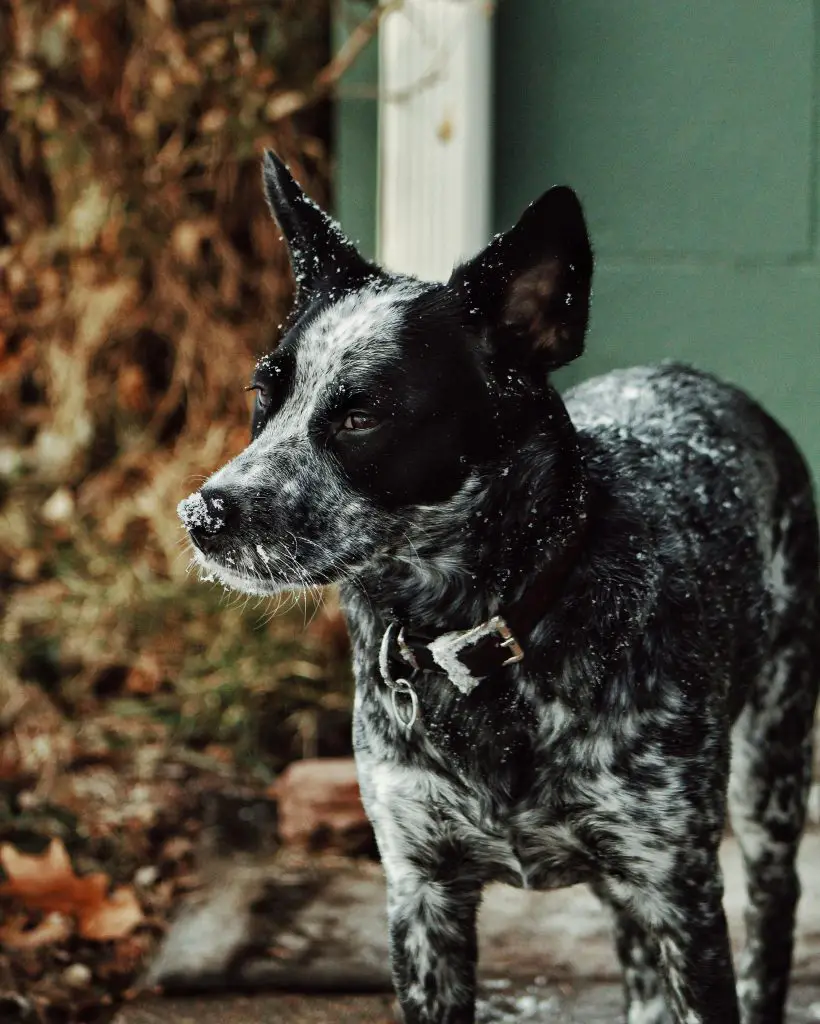
Training
Training an Australian Cattle Dog can indeed be a rewarding experience due to their intelligence and quick learning abilities. However, it’s essential to be aware of their independent streak and natural inclination to assert themselves, stemming from their herding instincts.
- Consistent Leadership: Establishing yourself as the leader during training sessions is crucial. Consistency in commands, expectations, and boundaries helps reinforce your authority and fosters respect from your dog.
- Positive Reinforcement: Australian Cattle Dogs respond well to positive reinforcement techniques, such as treats, praise, and rewards. Using rewards effectively can motivate them to engage in training and reinforce desired behaviors.
- Structured Training Sessions: Implement structured training sessions with clear objectives and a focus on specific commands or behaviors. Break training into manageable steps, and gradually increase the level of difficulty as your dog progresses.
- Channeling Energy: Australian Cattle Dogs have abundant energy, so incorporating physical exercise and mental stimulation into their daily routine can help channel their energy in productive ways and enhance their focus during training sessions.
- Socialization: Expose your Australian Cattle Dog to various people, animals, and environments from a young age to promote socialization and prevent behavioral issues. This helps them become well-adjusted and adaptable companions.
- Patience and Persistence: Training takes time and patience, especially with a breed known for its strong will. Be patient, consistent, and persistent in your training efforts, and celebrate each small success along the way.
By approaching training with patience, consistency, and positive reinforcement, you can help your Australian Cattle Dog reach its full potential as a well-behaved and obedient companion.
Exercise
Exercise Needs:
- Australian Cattle Dogs have high energy levels and require at least one hour of exercise per day to maintain their physical and mental well-being.
- Regular exercise helps them burn off excess energy, prevent boredom, and contribute to their overall health and happiness.
Suitable Exercise Spaces:
- Due to their energetic nature and need for space to run and play, Australian Cattle Dogs are not well-suited for apartment living.
- Ideal exercise spaces include a large yard, a big enclosed field, or a park where they can stretch their legs and engage in vigorous activities.
Recommended Activities:
- Australian Cattle Dogs enjoy a variety of activities that stimulate both their body and mind. Some popular options include:
- Fetch: Throwing a ball or toy for them to retrieve.
- Tug-of-War: Playing with a rope or tug toy.
- Frisbee: Engaging in a game of catch with a frisbee.
- Rolling a Ball: Allowing them to chase and retrieve a rolling ball.
- Playing Chase: Running and playing chase games with other dogs or humans.
Dog Parks:
- Dog parks provide an excellent opportunity for Australian Cattle Dogs to socialize, interact with other dogs, and engage in off-leash play in a safe environment.
- Ensure the dog park is secure and fenced to prevent them from wandering off.
By providing regular exercise and engaging in stimulating activities, you can help meet the physical and mental needs of your Australian Cattle Dog, promoting a happy and healthy lifestyle for your canine companion.
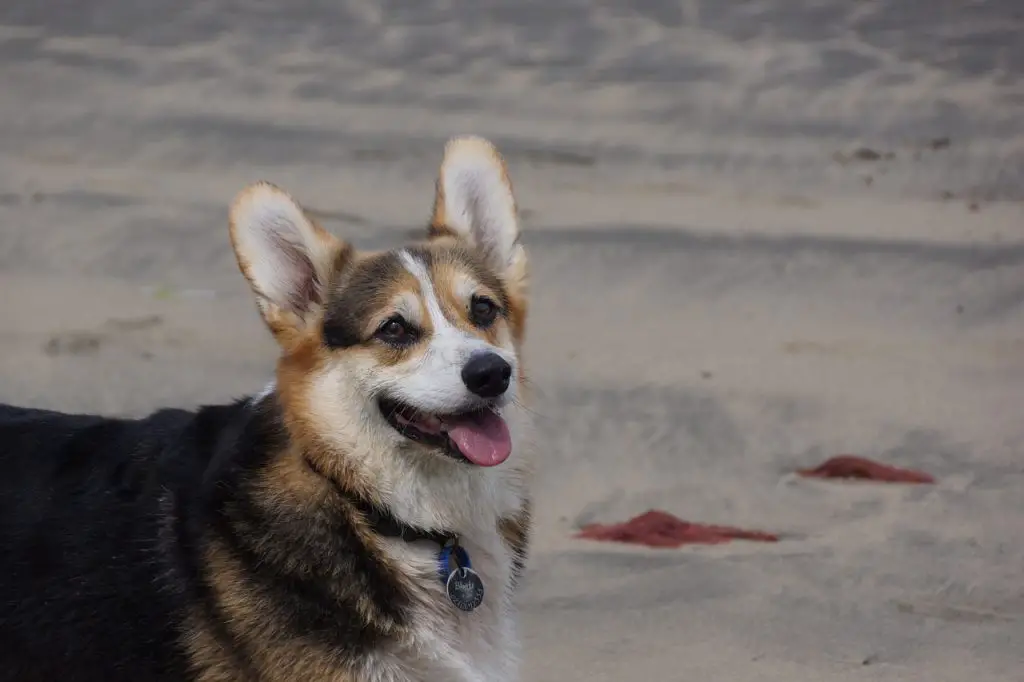
Puppies
Indeed, Australian Cattle Dog puppies grow rapidly, reaching a fairly large size in a relatively short period. At just eight weeks old, they already weigh around 10.5 pounds, indicating their potential for substantial growth.
Space for Exercise and Growth:
- Given their rapid growth and energetic nature, Australian Cattle Dog puppies require plenty of space for exercise and play from the beginning.
- Providing a large yard or access to open areas allows them to run, explore, and engage in physical activities essential for their development and well-being.
Ideal Choice for Families:
- Australian Cattle Dogs are social animals that thrive on companionship and interaction with their human family members.
- Their affectionate and loyal nature makes them excellent companions for families, as they enjoy being involved in various household activities and spending time with their loved ones.
Social Puppies/Dogs:
- From an early age, Australian Cattle Dog puppies exhibit sociable behavior and a desire to be part of the family unit.
- They form strong bonds with their human family members and enjoy participating in family outings, adventures, and activities.
By providing a nurturing environment with plenty of space for exercise and socialization, Australian Cattle Dog puppies can thrive and grow into well-rounded members of the family. Their affectionate demeanor and inherent love for companionship make them an ideal choice for families seeking a loyal and devoted canine companion.
With Children
It’s essential to be mindful of the Australian Cattle Dog’s herding instincts, especially when considering them as family pets.
Herding Instincts:
- Australian Cattle Dogs have a strong herding instinct ingrained in their DNA due to their working background.
- They may exhibit behaviors such as nipping at heels or attempting to herd children, especially if they are running or playing in the yard.
Training and Behavior Management:
- Training plays a crucial role in managing herding behaviors and ensuring appropriate interactions with children.
- Consistent training methods can help redirect their natural instincts and discourage behaviors that may be problematic around children.
Early Socialization:
- Early socialization is essential for Australian Cattle Dog puppies to learn proper behavior around children.
- Exposing them to various environments, people, and situations from a young age can help them become well-adjusted and confident companions in family settings.
Supervision and Boundaries:
- Supervise interactions between Australian Cattle Dogs and children, especially during playtime, to prevent herding behaviors and ensure safety.
- Establish clear boundaries and rules for both the dog and children to promote harmonious coexistence and prevent potential conflicts.
Positive Reinforcement:
- Use positive reinforcement techniques to reward desired behaviors and discourage undesirable ones.
- Consistent praise and rewards can help reinforce appropriate behavior and strengthen the bond between the dog and children.
By being aware of their herding instincts and implementing proper training and supervision, Australian Cattle Dogs can make wonderful family pets, providing companionship, loyalty, and affection to children and adults alike.
Dogs Similar to the Australian Cattle Dog
Here are some dog breeds similar to Australian Cattle Dogs, highlighting their shared traits and characteristics:
Border Collies:
- Similar Traits: Border Collies are another herding breed known for their intelligence, alertness, and ease of training, much like Australian Cattle Dogs.
- Differences: While both breeds are highly energetic and thrive in working environments, Border Collies tend to have a slightly more intense focus and are often considered one of the most intelligent dog breeds.
Welsh Corgis:
- Similar Traits: Welsh Corgis share a muscular and compact body similar to Australian Cattle Dogs. They are also known for their intelligence and strong work ethic.
- Differences: Corgis are smaller in stature and have a different herding style, often using their low height to nip at the heels of livestock. There are two main types of Welsh Corgis: Pembroke and Cardigan, with Pembrokes being more popular.
German Shepherds:
- Similar Traits: German Shepherds are energetic, intelligent, and loyal, characteristics they share with Australian Cattle Dogs. Both breeds have pointed ears and are known for their alertness.
- Differences: German Shepherds are larger and are often used in roles such as police, military, and search and rescue due to their strength and versatility. They have a more protective nature compared to the more independent Australian Cattle Dogs.
These breeds all share the intelligence, energy, and herding instincts of the Australian Cattle Dog, making them excellent working dogs and loyal companions in active households.
Australian Cattle Dogs vs the Blue Heeler
Red Heeler and Blue Heeler:
- Coat Colors: The Australian Cattle Dog comes in two distinct color variations: the Blue Heeler and the Red Heeler. The Blue Heeler is named for its blue-toned coat, while the Red Heeler has a reddish tint to its fur.
- Origins: Both the red and blue varieties are the result of breeding a blue merle Collie with a Dingo in Australia.
- Similarities: Aside from the color difference, there are no significant distinctions between the Red Heeler and the Blue Heeler. Both types share the same physical characteristics, temperament, and intelligence.
Famous Australian Cattle Dogs
Celebrities Who Own Australian Cattle Dogs:
- Mel Gibson: The actor is known to own an Australian Cattle Dog, showcasing his appreciation for this energetic and loyal breed.
- Matthew McConaughey: Another actor who has chosen an Australian Cattle Dog as a pet, valuing its companionship and active nature.
- Owen Wilson: The actor owns an Australian Cattle Dog named Marley, further popularizing the breed among his fans and the general public.
Popular Names for Australian Cattle Dogs
Unique and Popular Names:
- Apples
- Banjo
- Canberra
- Dingo
- Hugh
- Joey
- Kookaburra
These names often reflect Australian culture and the playful, energetic nature of the breed.
Conclusion
Australian Cattle Dogs, whether red or blue, are known for their loyalty, intelligence, and energetic disposition. They are beloved by many, including several celebrities, and their distinctive coat colors make them a standout among herding breeds. When choosing a name for an Australian Cattle Dog, many owners opt for names that evoke the breed’s Australian heritage and spirited personality.
